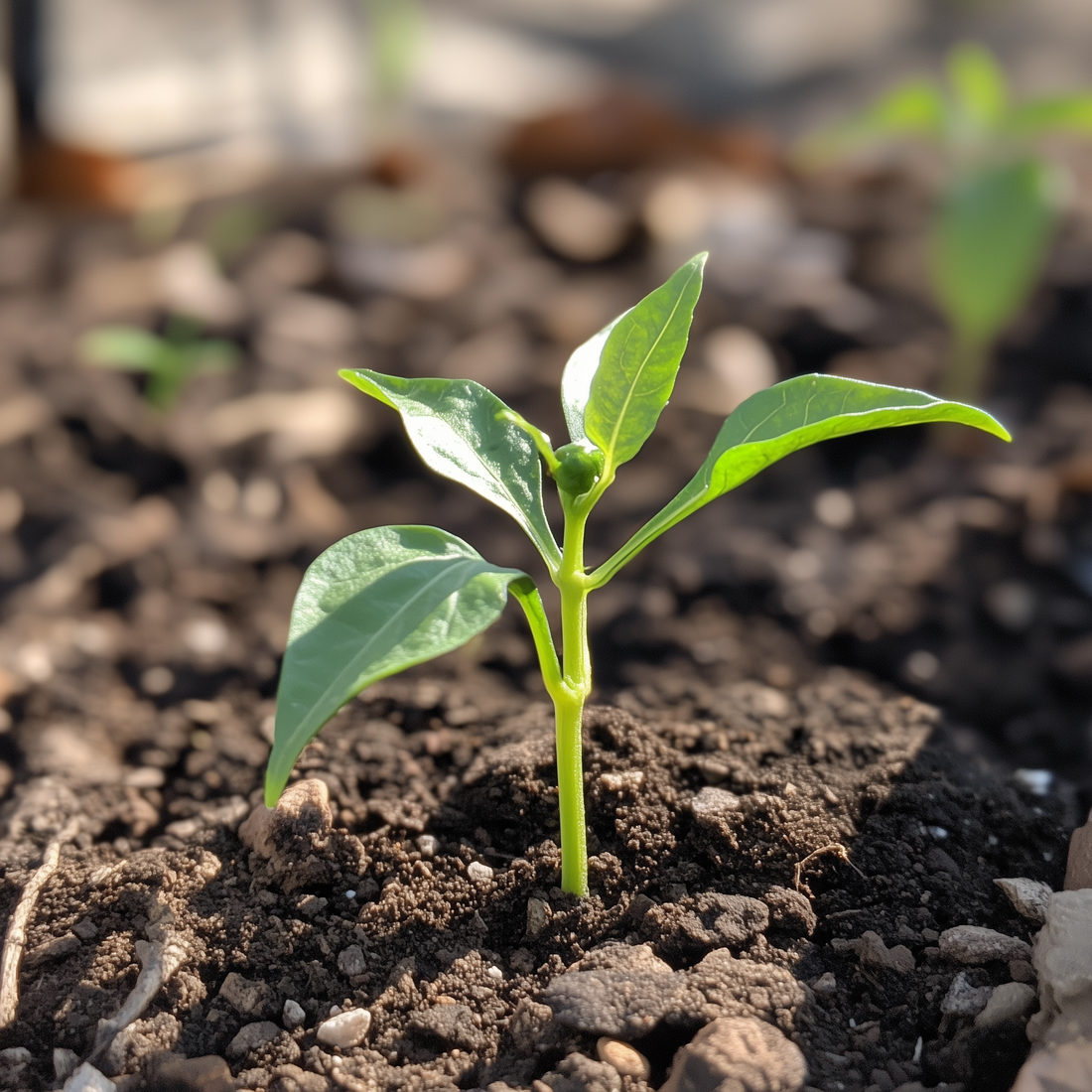
How to Grow Peppers for Homemade Salsa: A Complete Guide
Compartir
If you’re a salsa enthusiast, growing your own peppers can take your recipe to the next level. Not only do fresh, homegrown peppers taste better, but you also have control over their variety and flavor. Whether you prefer a mild pico de gallo or a fiery hot salsa, this guide will show you how to grow the perfect peppers in your home garden.
Table of Contents
- Why Grow Your Own Peppers?
- Best Pepper Varieties for Salsa
- Planting Peppers: A Step-by-Step Guide
- Caring for Your Pepper Plants
- Harvesting and Storing Peppers
- FAQs
Why Grow Your Own Peppers?
Homegrown peppers bring unmatched flavor and freshness to your salsa. By growing your own:
- Customizable Heat Levels: Choose mild, medium, or hot peppers based on your taste.
- Organic Option: Control the growing environment for pesticide-free produce.
- Sustainability: Reduce your carbon footprint with homegrown ingredients.
Best Pepper Varieties for Salsa
Here are some popular pepper varieties suited for different salsa styles:
Mild Peppers
- Bell Peppers: Sweet and crunchy, ideal for adding bulk.
- Poblanos: Earthy and mildly spicy, great for a smoky flavor.
Medium-Heat Peppers
- Jalapeños: The classic choice for most salsa recipes.
- Anaheim Peppers: Slightly spicy with a tangy undertone.
Hot Peppers
- Serranos: Bring a sharper heat than jalapeños.
- Habaneros: Add fruity heat for adventurous palates.
Pro Tip: Mix varieties to balance heat and flavor in your salsa.
Planting Peppers: A Step-by-Step Guide
1. Select the Right Location
Peppers need:
- Full Sun: At least 6-8 hours of direct sunlight daily.
- Well-Drained Soil: Enriched with organic compost.
2. Start Seeds Indoors
- Plant seeds 6-8 weeks before the last frost date.
- Use seed trays with quality potting mix.
- Keep the temperature around 70–80°F for germination.
3. Transplant Outdoors
- Harden off seedlings by gradually exposing them to outdoor conditions for a week.
- Transplant them when soil temperatures reach at least 65°F.
4. Spacing and Depth
- Space plants 18–24 inches apart.
- Plant them deep enough to cover the root ball but avoid burying the stem.
Caring for Your Pepper Plants
1. Watering
- Water regularly but avoid waterlogging.
- Deep watering every 2–3 days is better than shallow daily watering.
2. Fertilizing
- Use a balanced fertilizer (10-10-10) during planting.
- Once fruiting starts, switch to a low-nitrogen fertilizer to encourage pepper production.
3. Pruning
- Remove yellow or damaged leaves to improve air circulation.
- Pinch off early flowers to encourage the plant to grow stronger before fruiting.
4. Pest and Disease Management
- Common Pests: Aphids, spider mites, and whiteflies.
- Solutions: Use insecticidal soap or neem oil.
- Diseases: Watch for fungal issues; ensure proper spacing and watering practices.
Harvesting and Storing Peppers
- When to Harvest: Most peppers are ready to pick when they’re firm and reach their mature color (green, red, orange, or yellow depending on the variety).
- How to Harvest: Use sharp scissors or pruning shears to avoid damaging the plant.
- Storage: Store fresh peppers in the refrigerator for up to two weeks or freeze them for long-term use.
FAQs
1. Can I grow peppers in containers?
Yes! Use a container at least 12 inches deep with drainage holes. Place it in a sunny spot and water frequently.
2. How do I control the heat of my salsa?
To reduce heat, remove seeds and membranes from the peppers. For more heat, add extra serranos or habaneros.
3. Do peppers need to be pollinated?
Peppers are self-pollinating, but you can gently shake the plants or use a brush to improve pollination rates.
Growing your own peppers is not only rewarding but also a fun way to enhance your culinary creations. With the right care, you’ll have an abundant harvest ready to spice up your homemade salsa. Start planting today and enjoy the burst of fresh flavors straight from your garden!
Did you enjoy this guide? Share it with your fellow gardeners or leave a comment with your favorite pepper-growing tips!
